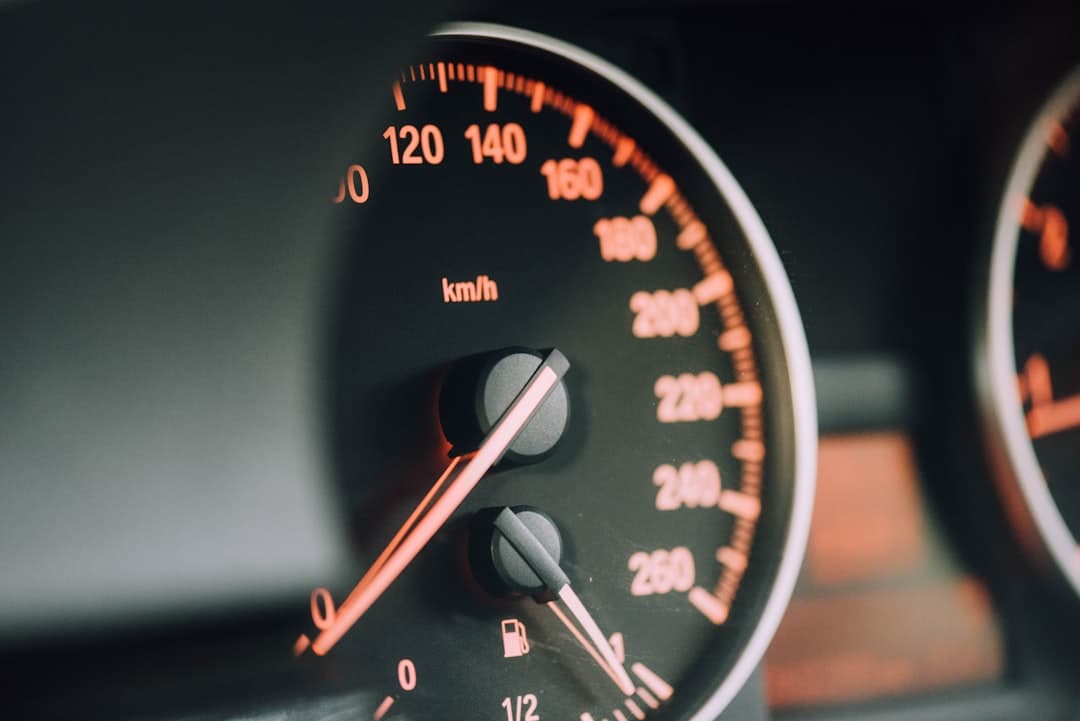Brake Repair in Huntington, WV: Warning Signs You Can't Ignore

Why Brakes Wear Faster in the Tri-State Area
The Huntington-Ashland-Ironton area's geography and driving conditions create specific challenges for brake systems. Our hilly terrain, frequent bridge traffic, and rural road conditions put extra strain on brake components, making regular inspection and maintenance essential for safety.
Critical Warning Signs You Must Address
Brake problems rarely develop overnight. Learning to recognize these warning signs can prevent dangerous situations and expensive repairs. Never ignore these symptoms, especially when driving in our challenging local conditions.
Unusual Noises When Braking
Your brakes should operate quietly. Any unusual sounds when applying the brakes indicate a problem that needs immediate attention.
Changes in Brake Pedal Feel
Your brake pedal should feel firm and responsive. Any changes in pedal feel indicate a problem with the brake system that requires professional diagnosis.
Vehicle Behavior Changes
Your vehicle's behavior when braking provides important clues about brake system health. These changes often indicate serious problems that need immediate attention.
Visual Signs of Brake Problems
Regular visual inspections can catch brake issues before they become dangerous. Look for these signs during routine maintenance or when checking your vehicle.
When to Seek Professional Brake Service
While some brake maintenance can be done at home, most brake repairs require professional expertise and equipment. Here are the situations that demand professional attention:
Preventive Brake Maintenance for Tri-State Driving
Regular preventive maintenance can extend brake life and prevent dangerous failures. These steps are especially important given our local driving conditions.
Your Trusted Brake Service in Huntington, WV
Don't gamble with your safety. At Salt Rock Repair, we provide comprehensive brake inspection, repair, and maintenance services throughout the Tri-State area. Our certified technicians use state-of-the-art diagnostic equipment to identify brake problems and recommend the best solutions for your vehicle and driving conditions.
Call us today at (304) 955-1280 or schedule your brake service appointment online. We'll provide honest assessments and quality repairs that keep you safe on the road, whether you're commuting across the Ohio River or driving the rural roads of Lawrence County.
Frequently Asked Questions
Q: How often should I have my brakes inspected?
A: We recommend brake inspections every 12,000 miles or annually, whichever comes first. Given our hilly terrain and bridge traffic, more frequent inspections may be needed.
Q: What's the difference between brake pad replacement and brake service?
A: Brake pad replacement just changes the pads, while a complete brake service includes inspection, cleaning, lubrication, and adjustment of all brake components.
Q: How long do brake pads typically last in our area?
A: Brake pad life varies by driving style and conditions. In our hilly area with frequent stops, pads typically last 30,000-50,000 miles, but regular inspection is crucial.
Q: Can you perform brake repairs at my location?
A: We can perform many brake services at your location, including pad replacement and basic adjustments. For major brake work requiring lifts, we may recommend our shop.